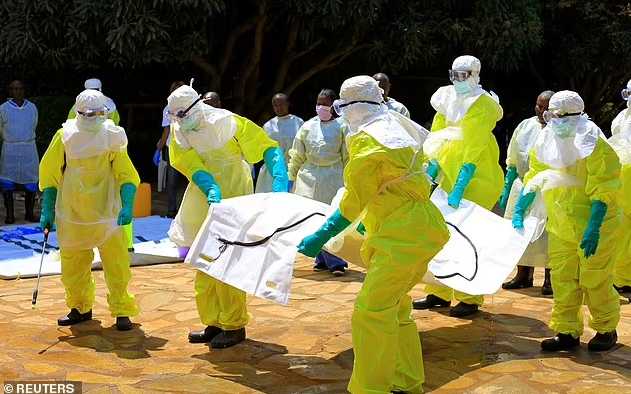The outbreak traces back to three young children in Boloko village who consumed a dead bat in early January 2025. Within two days, they developed severe hemorrhagic fever symptoms—including fever, vomiting, and internal bleeding—and died . By late January, the disease had spread to neighboring villages, with 12 cases and 8 deaths reported. A second wave erupted in Bomate village in mid-February, accounting for 419 cases and 45 fatalities, underscoring the virus’s rapid transmission .
Initial investigations have ruled out Ebola and Marburg viruses, but laboratory tests revealed malaria in some samples, complicating the diagnosis . Health authorities are now exploring other possibilities, including bacterial infections (e.g., typhoid), toxic exposure, or a novel viral pathogen. The disease’s hallmark—symptoms progressing to death within 48 hours—has baffled experts, as it exceeds the virulence of COVID-19’s early stages .
The crisis has triggered mass displacement, with over 2,000 residents fleeing Bomate to escape the outbreak’s epicenter . Compounding challenges, affected villages lack basic medical infrastructure, hindering containment efforts. WHO teams have deployed to the region, but remote locations and logistical hurdles delay testing and treatment.
"This outbreak highlights the urgent need for improved surveillance and rapid response systems in Africa," said a WHO spokesperson, noting that zoonotic diseases like this have increased by 63% across Africa since 2012. The DRC’s health ministry, already strained by ongoing conflicts and a concurrent cholera epidemic , is appealing for international aid to identify the pathogen and curb further spread. As investigations continue, public health officials warn that delays in diagnosis could allow the disease to become endemic, threatening millions in central Africa.










